Thanksgiving weekend ends on Sunday, and still there’s no peace in Ukraine. Donald Trump’s latest attempt to end the war – his 28-point plan – began to fall apart from the moment it mysteriously leaked to various international news outfits last week.
As that story landed, Reuters broke some other news: Keith Kellogg, Trump’s special envoy to Ukraine, would stand down in January. Kellogg, who represents the more ardently pro-Ukrainian faction of the administration, had clashed repeatedly with Trump’s peace envoy Steve Witkoff, who has been engaging in friendly dialogue with Moscow for most of the year. His departure seemed linked to the fact that Dan Driscoll, the Secretary of the US Army and an ally of J.D. Vance, had been despatched to Geneva to tell the Ukrainians to accept the latest deal or forget about America’s continued support.
All that triggered an all-too-predictable chorus of Trump denunciation. In his desperation to strike a deal and declare peace, countless pundits said, the President was selling Ukraine out and blindsiding his European allies. Trump was, once again, accused of being a Kremlin stooge. The Independent claimed that the his plan had been “entirely dictated by [Vladimir] Putin.”
Witkoff, for his part, was roundly criticized for “coaching” Russian officials in emails which leaked (again) to Bloomberg. “It would probably be surprising if he cursed us with obscenities in his conversations with Ushakov,” came the caustic response from Putin.
Trump’s plan was gravely flawed, of course. The idea that he could be anointed as a “peace czar” who would ensure that America shared the “profits” of any postwar reconstruction seems classic MAGA unrealpolitik. Even if such an arrangement could be struck, neither Volodymyr Zelensky nor Putin were ever likely to accept the proposed land partitions or the compromise of a “buffer” zone. And Britain and the European Union dismissed the plan out of hand. “We have not heard of any concessions from Russia,” said the EU’s foreign affairs chief, Kaja Kallas. “If Russia really wanted peace, it could have agreed to an unconditional ceasefire a long time ago.’’ And so the tragedy goes on.
But the latest imbroglio did reveal some interesting tensions with the Trump administration’s approach. Vance, representing the anti-war paleoconservative faction, appears to be angry with his fellow Republicans for, as he sees it, scuppering the White House’s ceasefire efforts. On Monday, the Vice President posted a furious message on social media. It’s worth quoting in full:
After four years of house prices doubling (and in some areas, tripling) many young people feel priced out of the American Dream of homeownership. A welfare fraud scandal in Minnesota reveals that large numbers of new arrivals aren’t assimilating and are funneling our tax dollars to literal terrorist groups. An innocent woman was set on fire in Chicago as the mayor resists federal law enforcement resources to bring peace to one of our great cities. The Obamacare insurance system is buckling under its own weight. And the country is $38 trillion in debt. Our administration is working hard on addressing all of these problems. But you know what really fires up the beltway GOP? Not any of the above. Instead, the political class is really angry that the Trump administration may finally bring a four-year conflict in Eastern Europe to a close. I’m not even talking about the substance of their views. Much of what these people have said about the Ukraine war has been proven wrong, but whatever. We can agree to disagree. But the level of passion over this one issue when your own country has serious problems is bonkers. It disgusts me. Show some passion for your own country.
In attacking “the beltway GOP,” Vance aimed his ire chiefly at Senator Mitch McConnell, who had said that Putin was playing Trump for a fool. Vance branded his comments “a ridiculous attack on the President’s team, which has worked tirelessly to clean up the mess.”
But some of Vance’s allies, if not necessarily the Vice President himself, also feel some bitterness towards Secretary of State Marco Rubio. Despite his apparent conversion to the America First agenda, Rubio remains on the more hawkish end of the Trump foreign-policy spectrum. It was Rubio who flew to Geneva last week and appeared to soften up Trump’s hard deadline with the Europeans and Ukrainians. “We believe that Marco Rubio’s engagement in the continuation of talks is important,” an official from a Nato country told Politico. Rubio’s changed the pace of negotiations, he added: “After yesterday, it has slowed down, and that’s good.”
The White House insists, of course, that the entire cabinet is “working in lockstep” towards the shared goal of ending the war: Witkoff, Rubio, and Trump’s son-in-law, Jared Kushner, put on at least the appearance of a united front in Switzerland. Rubio remains on friendly terms with Vance, despite their seemingly inevitable rivalry for the 2028 Republican presidential nomination.
But it is also evident that Rubio and Vance have very different approaches when it comes to dealing with Europe and Ukraine. That could set them on course towards a more public clash in the coming months, as Team Trump becomes increasingly frustrated with its failure to end the most difficult war of our time.



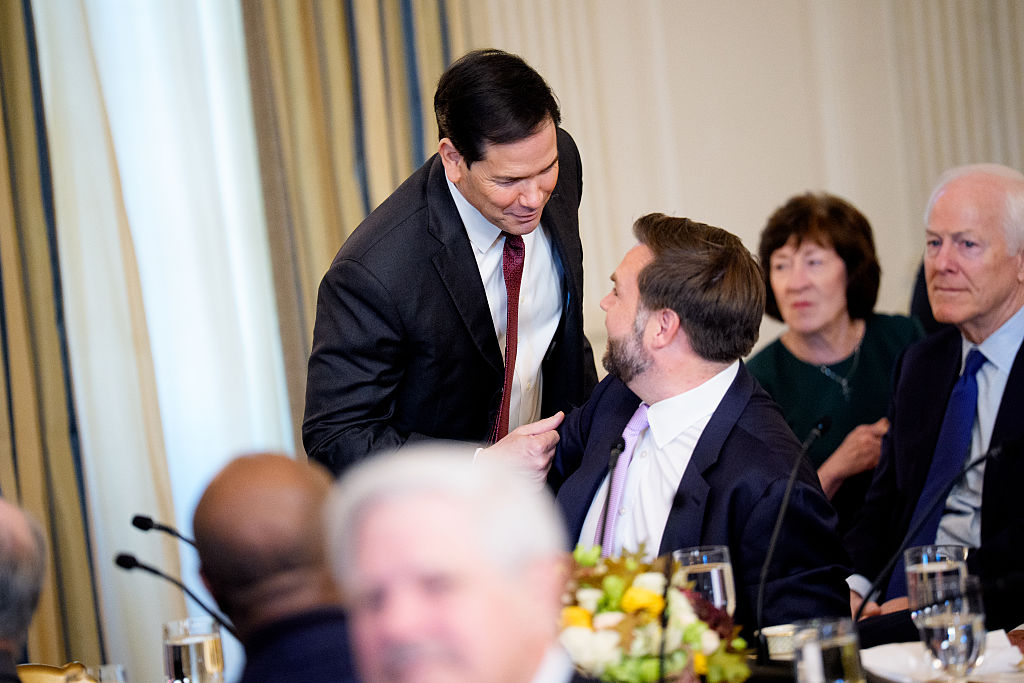








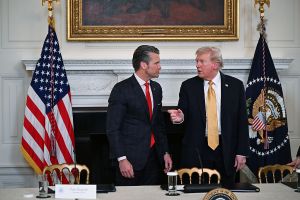
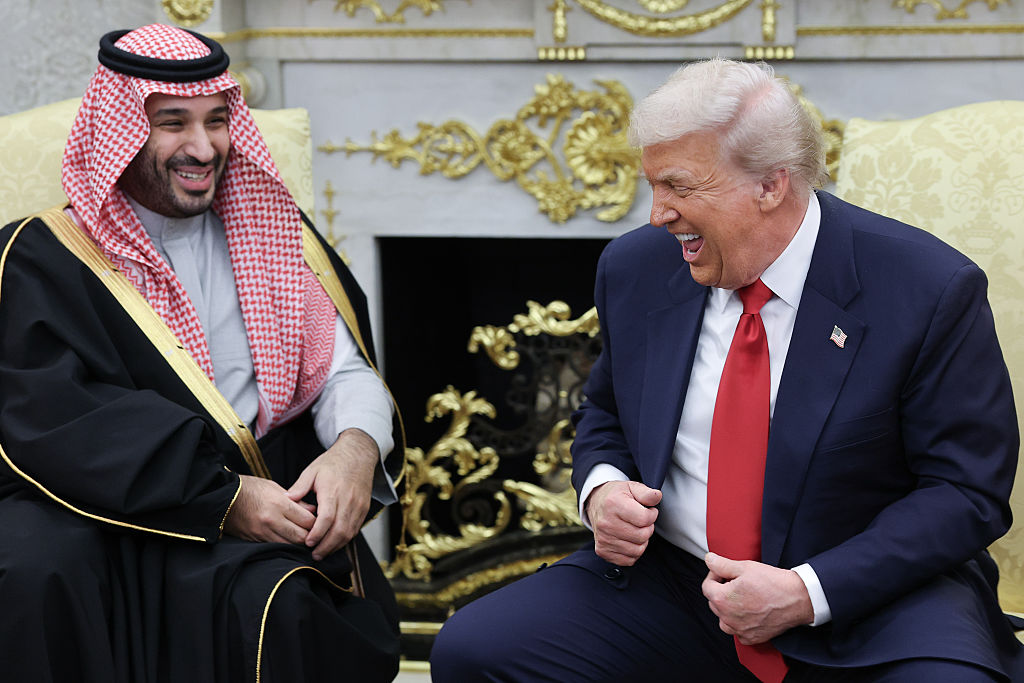

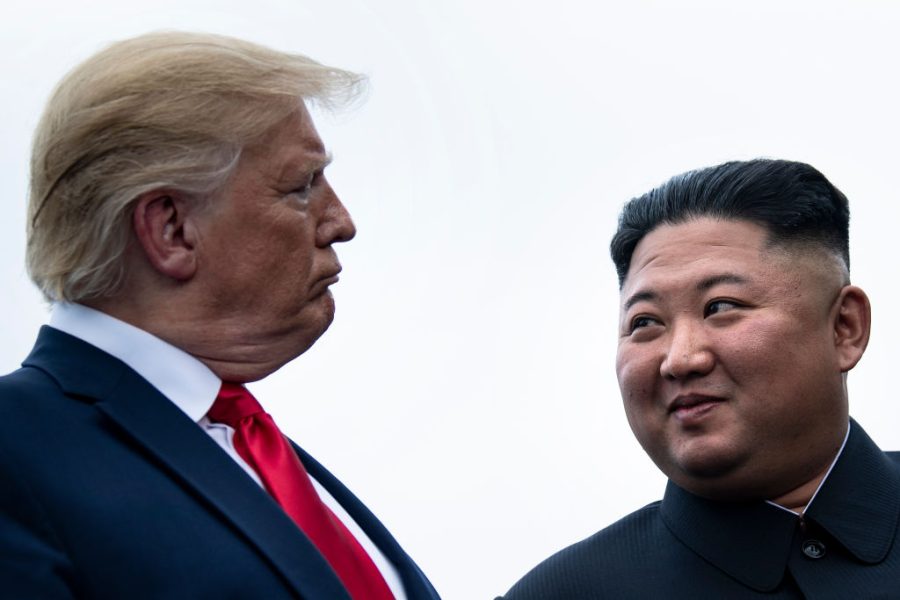


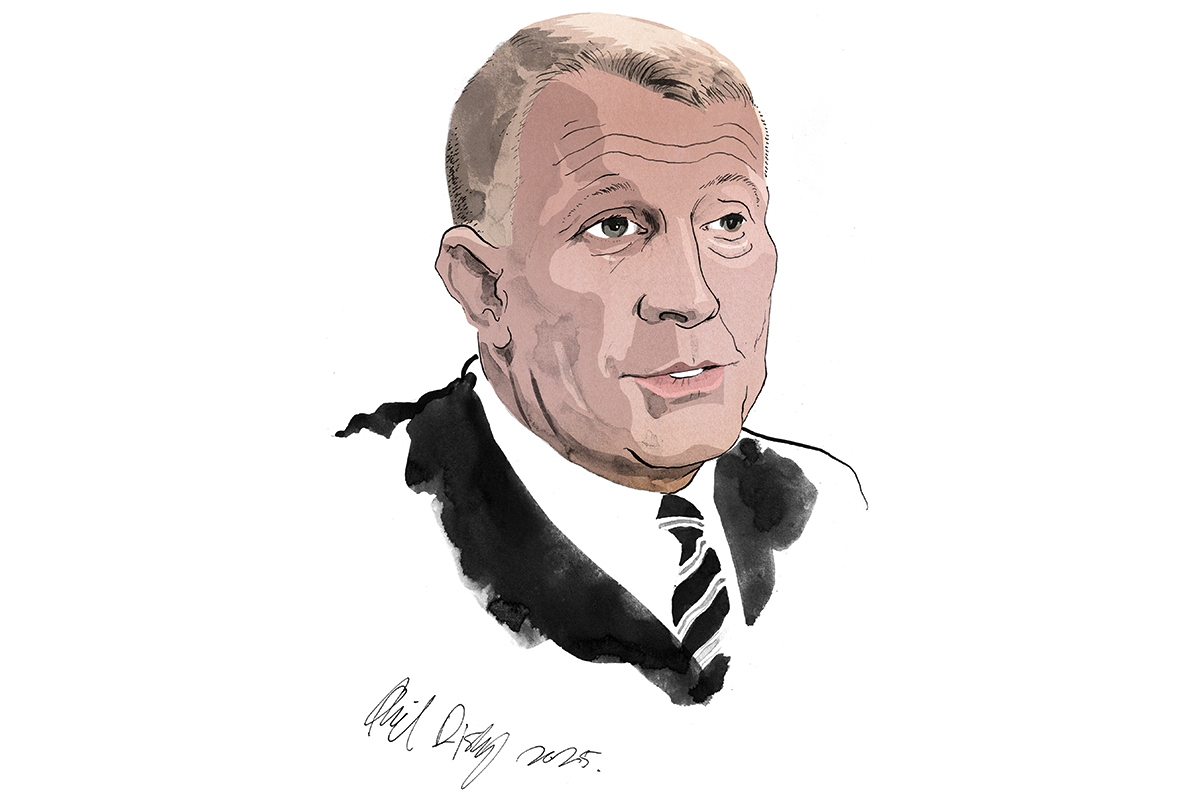







Leave a Reply